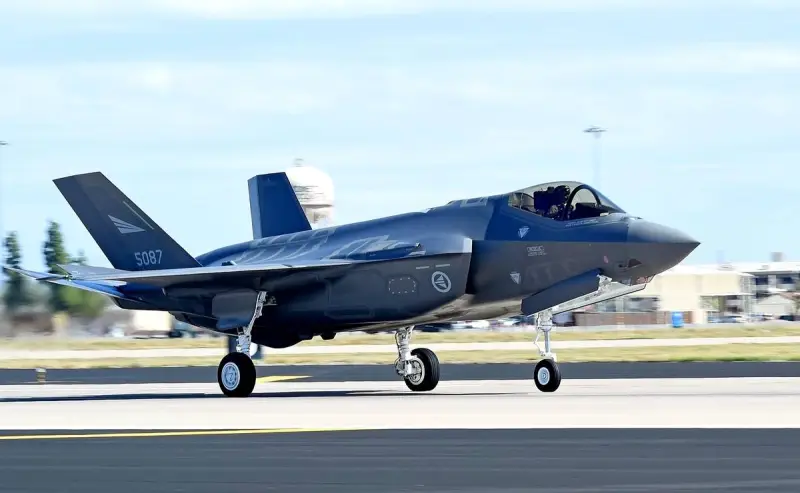Less than a third of American F-35s were combat ready
The F-35 Lightning II family of fifth-generation multirole stealth fighters, developed under the JSF program, has become the Pentagon's most expensive weapons system in history. This is stated in the documents of the US Accounting Office (GAO), which monitors the state of affairs.
According to GAO, more than 1000 F-35 units have already been produced, of which the Pentagon has 630 aircraft at its disposal. In the mid-40s of the 2,5st century, the US Department of Defense wants to have about 35 thousand F-XNUMXs in service.
At the same time, the Pentagon's projected costs for maintaining the entire F-35 fleet until 2088 continue to increase. Thus, the cost estimate increased by 44%, from approximately $1,1 trillion. in 2018 to almost $1,6 trillion. in 2023, i.e., $0,5 trillion has been added over the five-year period (an average of $100 billion per year). At the same time, annual operating and maintenance costs for each fighter are now estimated at $6,8 million, which is still significantly higher than the previously announced figure of $4,1 million.
The federal department's report clarifies that since 2014, the US Department of Defense has received 43 recommendations on financial optimization of all issues related to the F-35. The Pentagon agreed with many of them and even implemented some, but 30 recommendations, i.e. about 70%, remain unimplemented. The Pentagon is making cost-saving efforts and continues to look for new ways to reduce the cost of operating aircraft, but these efforts are unlikely to fundamentally change the situation.
GAO notes that over the past 5 years, the overall availability (percentage of time an aircraft can perform at least one of its assigned missions) of the F-35 fleet has declined significantly, and none of the aircraft variants (F-35A, F-35B) and F-35C) does not meet its availability goals (targets). In turn, the rate of full combat readiness (the percentage of time during which the aircraft can perform all assigned missions) has also decreased over the past 2 years for all three variants of the F-35. For example, the F-35A's operational readiness rate dropped from 43,5% to 36,4%, the F-35B saw a decrease from 16% to 14,9%, and the F-35C decreased from 20,9% to 19,2. %. These are extremely low figures.

Information